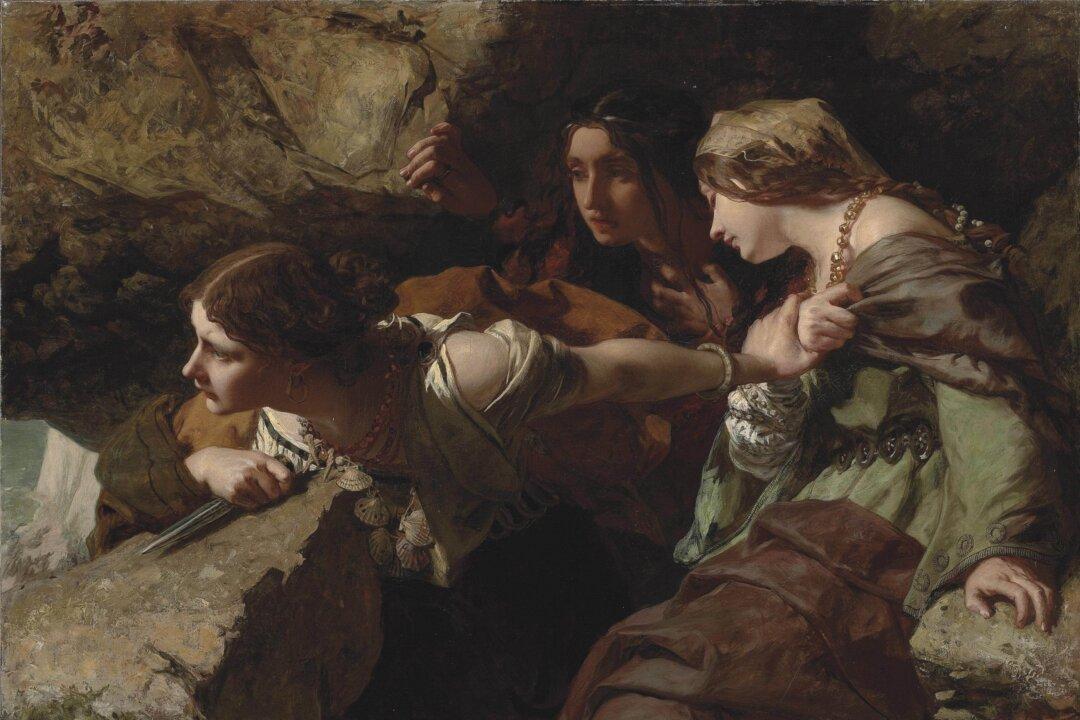The traditional arts often contain spiritual representations and symbols, the meanings of which can be lost to our modern minds. In our series “Reaching Within: What Traditional Art Offers the Heart,” we interpret visual arts in ways that may be morally insightful for us today. We do not assume to provide absolute answers to questions that generations have wrestled with, but we hope that our questions will inspire a reflective journey toward becoming more authentic, compassionate, and courageous human beings.
A repeated theme throughout art history is the Three Graces. The Three Graces were goddesses from Greek mythology. Initially, they were goddesses of nature, but later, they attended Aphrodite, the goddess of love and beauty. They were usually three in number and represented charm, beauty, and human creativity.





